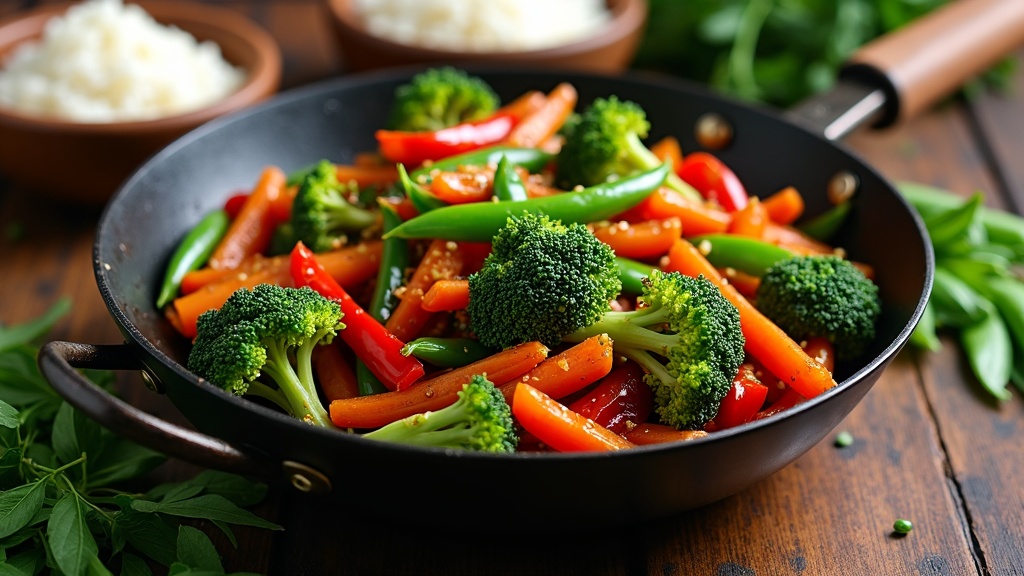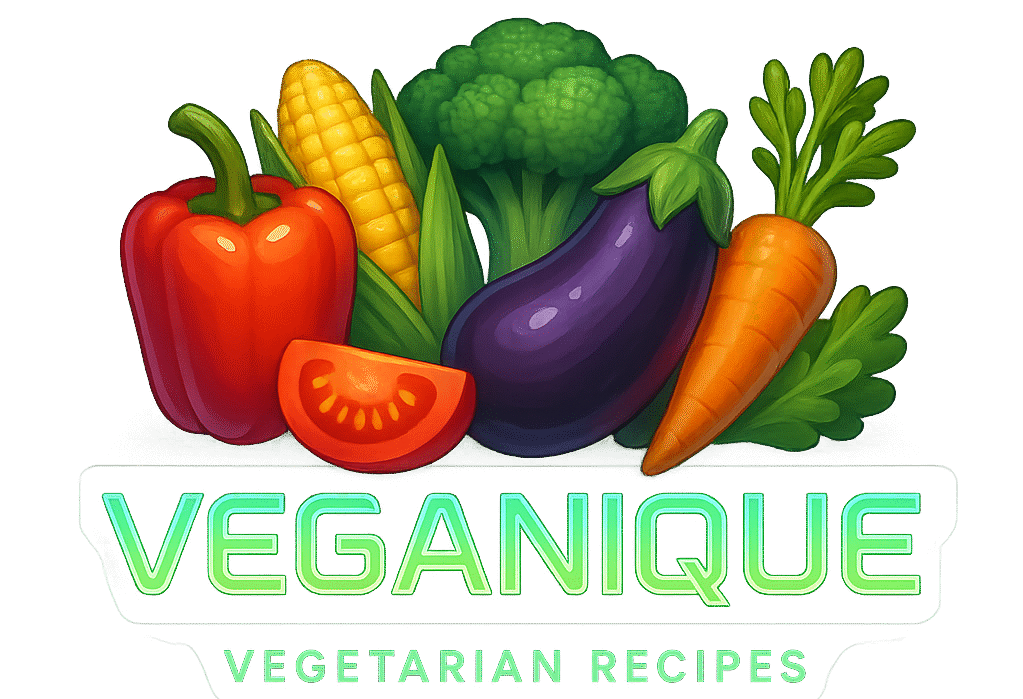 Delicious Vegan Stir-Fry Dishes That Make Plant Based Eating Exciting
Delicious Vegan Stir-Fry Dishes That Make Plant Based Eating Exciting
Vegan stir fry dishes are a lifesaver when you want a meal that’s fast, satisfying, and full of flavor. Stir fries give you the freedom to use whatever vegetables and proteins are on hand, and the cooking process keeps everything vibrant and crunchy. Whether you’re meal prepping for the week or throwing together a quick dinner, a well made vegan stir fry brings both great taste and good nutrition every time.
What I appreciate most is how simple it is to put together a great stir fry using just basic kitchen tools and everyday ingredients. There’s also plenty of room to experiment. Changing the veggies, the sauce, or the protein keeps it interesting and fits different cravings. These dishes are great for both kitchen beginners and more experienced home cooks looking for new flavor ideas.
Why Vegan Stir fry Dishes Are My Go To
- Quick and easy to prepare. Most recipes come together in under 30 minutes and need only a skillet or wok.
- Packed with nutrients. Every bite is full of vitamins, minerals, and fiber from piles of colorful veggies.
- Customizable for any taste. Switch up sauces, proteins, and spices for totally new flavors every time.
- Perfect for leftovers. Stir fry keeps well in the fridge, making tomorrow’s lunch super simple.
Essential Ingredients for Tasty Vegan Stir fries
Here are the pantry staples and fresh items I find myself reaching for again and again in vegan stir fry dishes:
- Assorted vegetables (bell peppers, broccoli, carrots, snap peas, mushrooms)
- Plant based proteins (tofu, tempeh, edamame, chickpeas)
- Fresh aromatics (ginger, garlic, green onions)
- Soy sauce or tamari
- Sriracha or chili garlic sauce for heat
- Sesame oil or neutral oil for cooking
- Cornstarch to thicken the sauce
- Rice, noodles, or quinoa as a base
Step by Step: Building a Great Vegan Stir fry
1. Prep Everything First
Before cooking, cut all the veggies and measure out the sauces. Stir fry happens fast, so having everything ready makes the process easier and helps keep things from burning. Prepping ahead keeps your kitchen organized and stress free.
2. Cook Plant based Proteins
I usually start with tofu or tempeh, cutting it into bite sized cubes. Pan frying in a bit of oil until golden on all sides gives the dish extra flavor and texture. With softer proteins like edamame or chickpeas, I add those later in the process, so they stay plump and soft.
3. Stir fry the Vegetables
Hearty veggies like carrots and broccoli go into the pan first, since they take a little longer to get tender. Softer vegetables like bell peppers, spinach, or mushrooms are added later to keep them crisp and bright. Remember to keep the heat high and stir frequently for even cooking.
4. Finish With Sauce
When everything is nearly cooked, I pour in the stirfry sauce. My goto mix is soy sauce, a splash of rice vinegar, a spoonful of maple syrup or brown sugar, a squeeze of sriracha, and a bit of cornstarch mixed with water to help thicken it. Letting it simmer for a couple of minutes coats everything in a glossy, flavorful sauce.
5. Serve and Enjoy
I pile stir fry over a bowl of brown rice or noodles. Sprinkling on green onions, toasted sesame seeds, or chopped peanuts adds a nice crunch and an extra pop of flavor. You can also try throwing in some fresh herbs like cilantro or basil to mix in some variety.
Flavorful Variations I Enjoy
- For a Thai inspired stir fry, add a spoonful of peanut butter to the sauce and use lime juice and fresh cilantro before serving for added brightness.
- If I’m in the mood for sweet and sour, I toss in pineapple chunks and bell pepper, then finish with a tangy sweet sauce using pineapple juice and a splash of vinegar.
- Craving Korean flavors? Use gochujang or chili paste with sesame oil for a punch of heat and depth.
- Noodle stir fries like chow mein or pad Thai are easy using the same basic method, just swap in cooked noodles for rice. Try brown rice noodles or soba for different textures and nutrients.
Frequently Asked Questions
Q: What’s the best way to get crispy tofu in a stirfry?
Pressing tofu to remove extra water before cooking is key. Cut the tofu into cubes, pat them dry, and toss them with a touch of cornstarch before frying. This gives a crispy crust that soaks up sauce just right.
Q: Can I make stir fry without oil?
Yes, you can use a splash of low sodium veggie broth or water to sauté your vegetables instead of oil. While there’s a slight difference in flavor, it still cooks up beautifully and works if you want to cut back on fat.
Q: How do I keep veggies from turning soggy?
Cook vegetables quickly over high heat and stir often. Cutting veggies into similar sized pieces lets them cook evenly, and adding softer ones at the end keeps them crisp. Don’t overcook—taste as you go to get the perfect bite.
Bring Stir fry Night Into Your Kitchen
Trying out new vegan stir fry combos keeps meals exciting and makes plant based eating something to look forward to. Start with your favorite veggies and a simple sauce, and you’ll stumble upon how full of flavor a homemade stirfry can be. Track down your favorite blend of ingredients, and don’t be afraid to throw in new veggies or sauces; mixing things up is part of the fun. If you come up with a creative combination, I’d love to hear about it. Enjoy the crunch, color, and taste that stirfry brings to your plate!
Stir fries are also a fantastic way to use up random produce and reduce food waste. You can even prep extra sauce or chopped veggies ahead of time, so that making dinner on a busy night feels effortless. However you choose to put your spin on it, vegan stir fry has the power to keep your meals delicious, energizing, and always interesting. Happy cooking!
